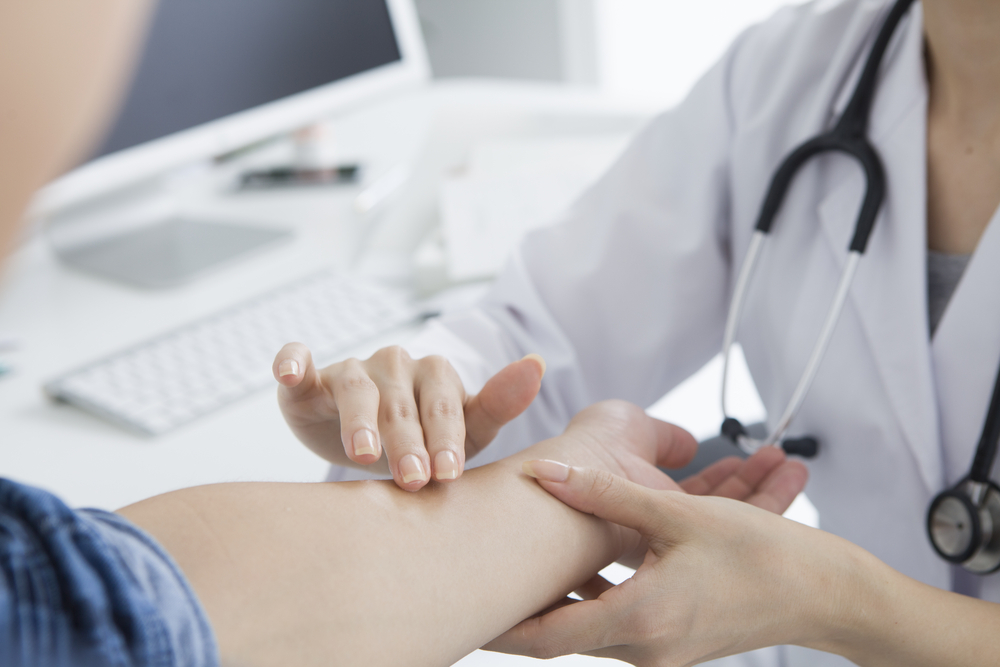Skin Care Products Used for Bathing by EB Patients Could Carry Risks
Written by |

People with epidermolysis bullosa (EB) often use topical skin care products and need to be aware that products containing antimicrobial agents, and bath water with high concentrations of cleansing additives, could carry risks, a study reported.
The study, “Skin cleansing and topical product use in patients with epidermolysis bullosa: Results from a multicenter database,” was published in the journal Pediatric Dermatology.
In EB, a group of rare genetic disorders, the skin blisters and tears easily, causing painful wounds and scarring.
Current treatments focus mainly on helping patients manage their symptoms. Such treatments normally involve the use of topical skin care products that aim to protect the skin from bacterial infections and, in more severe cases, squamous cell carcinoma (SCC), a common form of skin cancer.
“A previous single-center observational study documented wide variations in bathing practices and topical product use among EB patients, bringing into question whether patients are safely and effectively caring for their skin,” the researchers wrote.
The study included data from 202 EB patients at 13 participating centers, with all registered in the Epidermolysis Bullosa Characterization and Clinical Outcomes Database (EBCCOD). Participants were asked to complete a home skin care questionnaire between January and December 2017.
More than half (64.4%) of these people had dystrophic EB. About a fourth (25.2%) had EB simplex, 7.4% had junctional EB, and 1.5% each had either Kindler syndrome or an unspecified subtype.
The concentration of cleansing additives varied greatly among users, ranging from 0.002% in vinegar and bleach mixtures (mostly harmless to microbes) to 0.156% in vinegar mixtures — a concentration known to damage microbes and/or cells.
“The reported range of bleach and vinegar additives to cleansing water, including cytotoxic [cell damaging] concentrations, emphasizes the need for clear and optimized skin cleansing recommendations,” the investigators wrote.
Among those who answered questions regarding the frequency of wound dressing, about one-third (34%) said they did so daily and a fourth (23%) did so three or four times a week. More than half (69%) of the participants said they required assistance from at least one person to do their dressings, while 31% said they were able to do so independently.
“Providers should review and educate patients and families regarding judicious use of antibiotics and appropriate concentrations of cleansing additives,” the investigators wrote.
“Optimizing EB patient home skin care routines, along with future longitudinal studies on the impact of EB skin care interventions on microbial resistance patterns, wound healing and SCC risk are necessary to improve outcomes for patients with EB,” they added.





